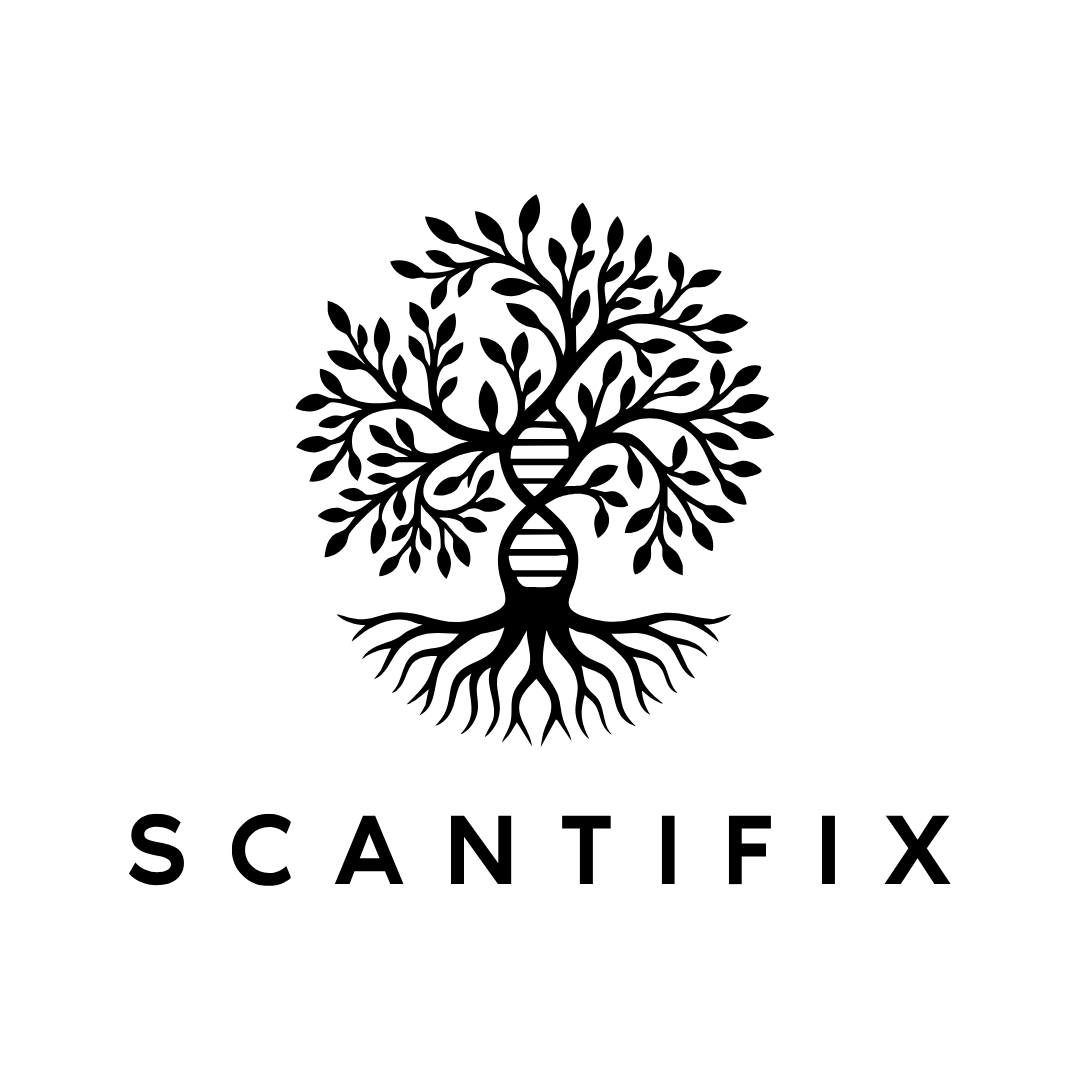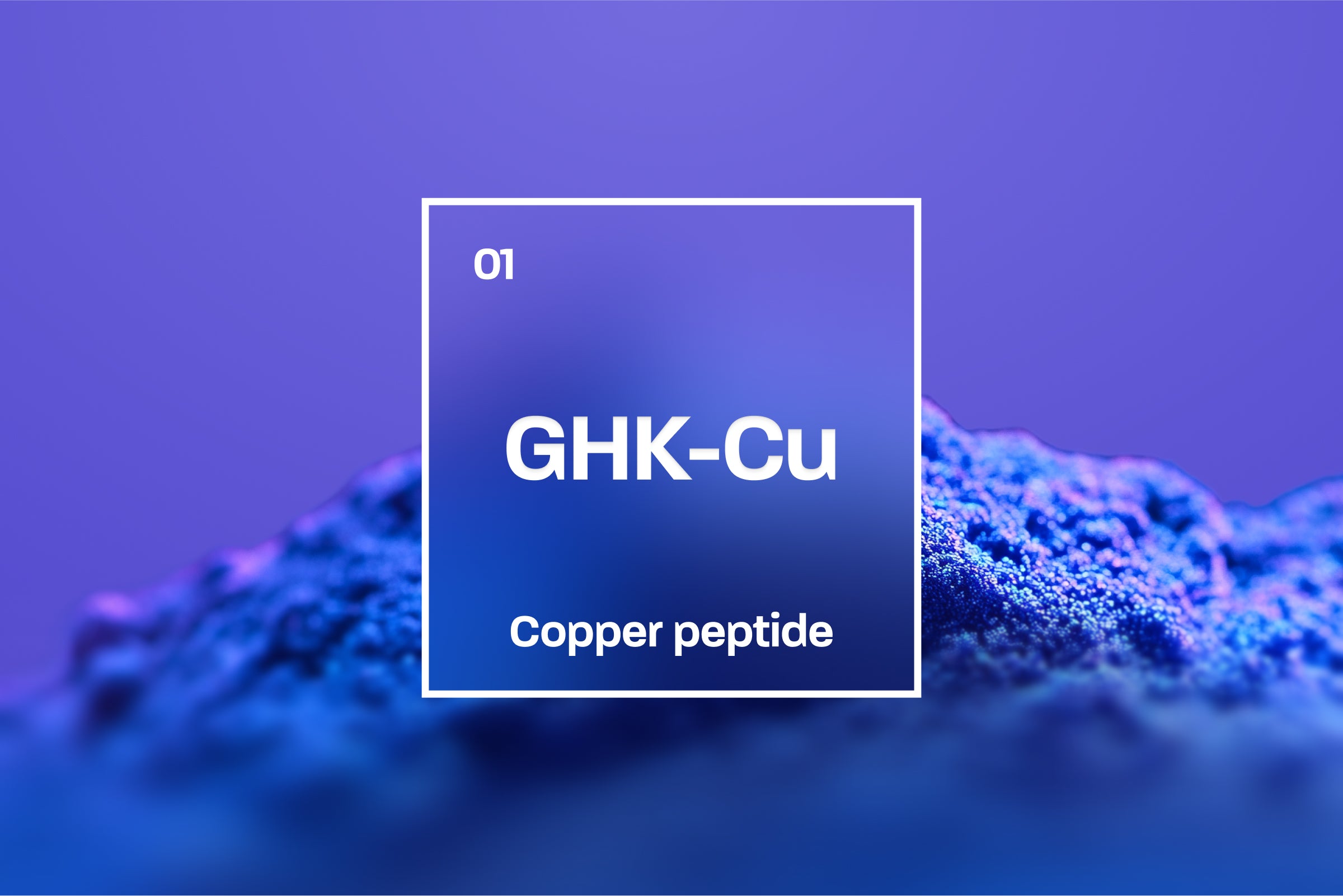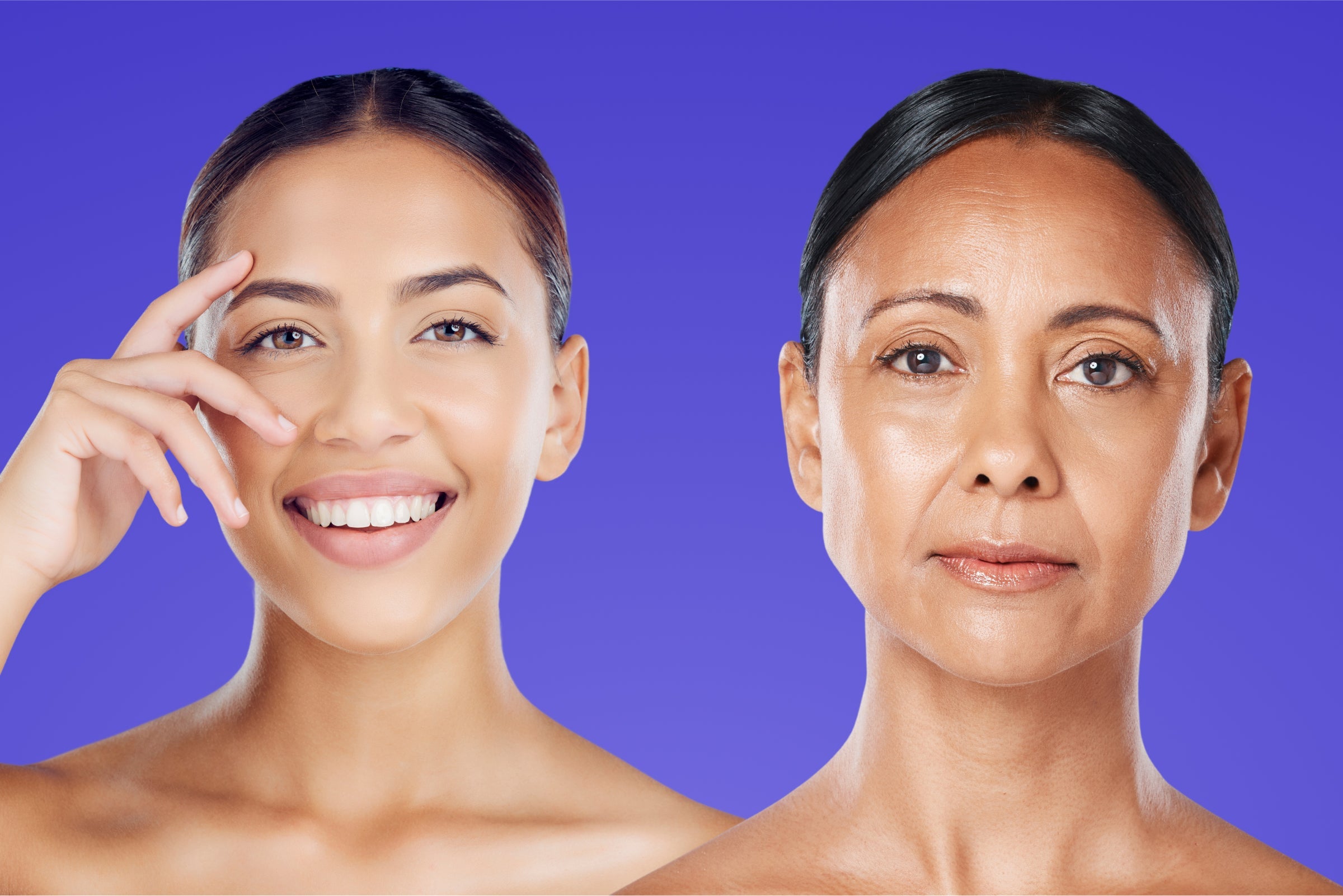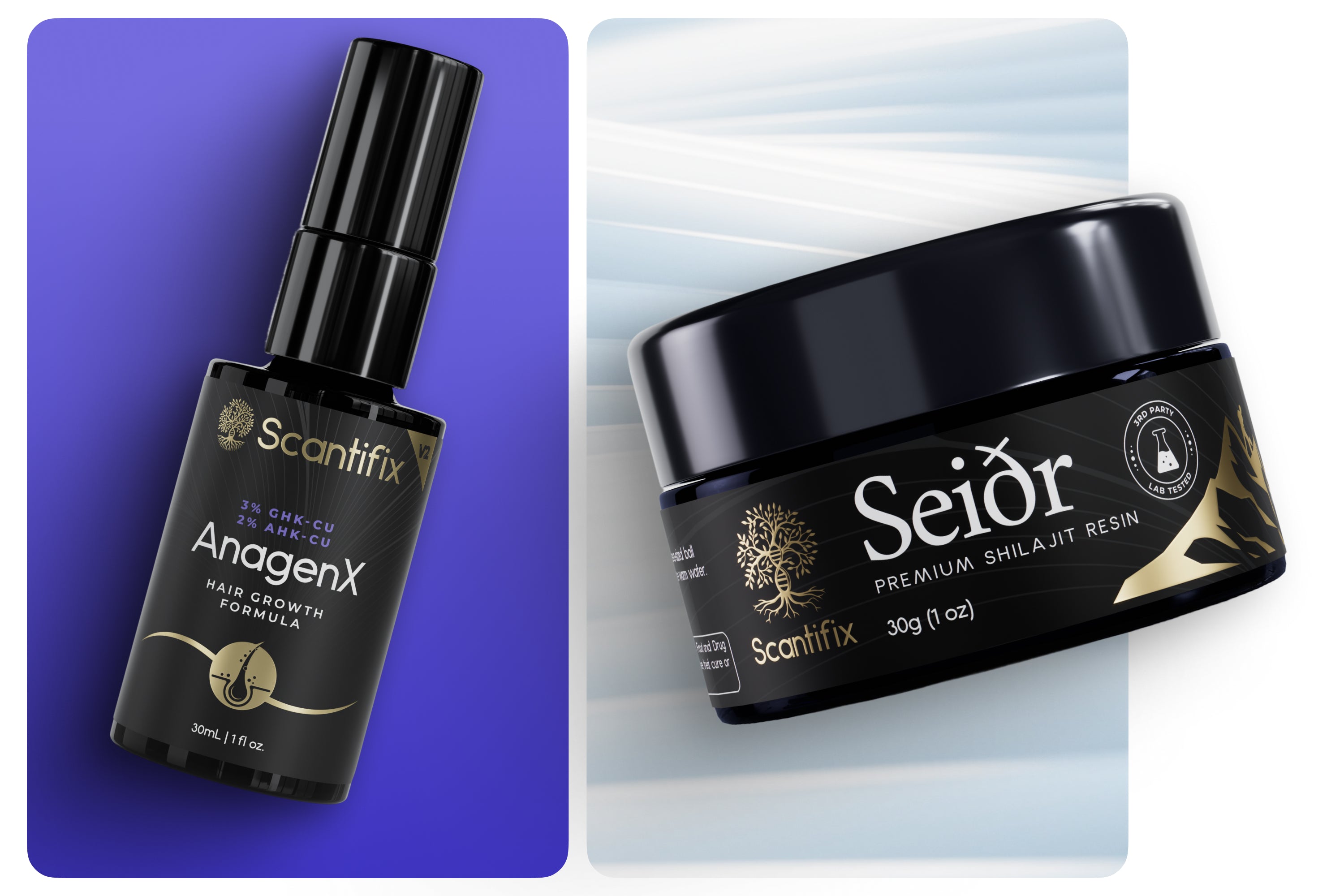Good news! No longer do you need to schedule frequent visits to dermatologists or invest in costly salon treatments to achieve youthful skin or combat hair loss. Thanks to the evolution of at-home beauty tech, you can now enjoy transformative results from the comfort of your own bedroom.
One of the most exciting breakthroughs in this space is red light therapy at home. Praised for its remarkable effects on skin rejuvenation, anti-aging, and hair growth, red light therapy (RLT) has quickly gained a loyal following. Thanks to its non-invasive nature, minimal side effects, and scientifically-backed benefits, it has expanded beyond celebrities and dermatology clinics to become a trusted solution for everyday use. Now, with a wide range of red light devices on the market, achieving healthier skin and fuller hair is easier than ever.
What is red light therapy
Imagine bathing in gentle, glowing red light - like the warm embrace of a sunset. That’s the essence of red light therapy. Scientifically, it involves exposing the body to low-level wavelengths of red or near-infrared light. This light penetrates the skin and stimulates cellular processes, boosting energy production and promoting healing.
Red light therapy’s roots trace back to the 1960s when Hungarian scientist Endre Mester discovered its regenerative effects while experimenting with low-level lasers. Initially used in medical research, RLT evolved from rudimentary lasers to the safe, LED-based devices we use today.
How does red light therapy work
So, what does red light therapy do at the cellular level? It’s all about mitochondria - the powerhouses of our cells. Red and near-infrared light photons penetrate the skin and are absorbed by the mitochondria, stimulating the production of adenosine triphosphate (ATP). You can think of ATP as your cell's currency for energy. More ATP means better cellular function, faster repair, and enhanced rejuvenation.
Red light therapy typically uses wavelengths between 630–660 nm, targeting surface-level skin concerns like wrinkles and scars. Near-infrared light, ranging from 810–850 nm, penetrates deeper into the body, reaching muscles and connective tissues.
Red light therapy benefits
The beauty benefits of red light therapy are vast, spanning from skin health to hair regrowth. So, where should we start?
Red light therapy for hair loss
Does red light therapy help hair growth? The answer is a resounding "yes!" supported by scientific studies. RLT boosts blood flow to hair follicles, delivering more oxygen and nutrients, which in turn promotes hair regrowth. It also extends the anagen (growth) phase of the hair cycle, leading to thicker, fuller hair.
For anyone experiencing androgenetic alopecia (pattern baldness) or thinning hair, devices like the Dome Beamer red light therapy helmet offer targeted treatments that can slow or even reverse hair loss over time.
What does red light therapy do for your skin
When it comes to skincare, red light therapy is like having a fountain of youth in light form. It stimulates collagen production, the protein responsible for youthful, plump skin. By enhancing collagen, red light therapy for wrinkles becomes an effective treatment, reducing fine lines and improving skin elasticity. The therapy also diminishes the appearance of scars, leaving the skin smoother and more even-toned.
But that’s not all. We often get the question: Does red light therapy help acne? Well, for acne sufferers, it can be a game-changer. Red light therapy helps reduce inflammation and targets overactive sebaceous glands. Plus, consistent use has been shown to significantly reduce breakouts, making it a promising solution for clearer skin. So, the answer is, once again, yes!
Is red light therapy safe
One of the most appealing aspects of RLT is its safety profile. Unlike UV light, red and near-infrared wavelengths do not damage the skin or cause burns. Most people experience little to no side effects, aside from mild redness post-treatment. As long as you follow device guidelines and avoid overexposure, red light therapy at home is generally considered safe.
That said, individuals with photosensitivity or those taking light-sensitive medications should consult with a healthcare professional before beginning RLT.
Red light therapy devices
The market offers a diverse array of red light therapy devices tailored to various needs:
Red light therapy mask
Facial masks embedded with red LED lights, such as the Reviva Lux, are designed to target skin concerns like dullness, wrinkles and acne. These masks contour to the face, ensuring even light distribution for optimal results.
Red light therapy helmet
Devices like the Dome Beamer helmet cater to individuals experiencing hair thinning or loss. By enveloping the scalp with red light, these helmets stimulate hair follicles, encouraging growth and density.
Red light therapy wand and lamp
Handheld wands and lamps offer flexibility, allowing users to target specific areas of the body. These devices are ideal for addressing localized concerns, such as joint pain or isolated skin issues.
Red light therapy bed and panel
For comprehensive treatment, full-body panels and beds are available, emitting red light to cover larger surface areas. These are ideal for athletes looking to speed up muscle recovery or individuals dealing with chronic pain.
Best red light therapy mask
While the Reviva Lux mask shines for its sleek design and effective results, the truth is that the best red light therapy mask is the one integrated into a comprehensive skincare routine. Pairing RLT with peptide serums and occasional nano & microneedling can amplify results, promoting firmer, clearer skin over time.
What the data show
Okay, now let’s put the fun aside. It’s time to take a look at what the data says about red light therapy before and after use, covering hair growth, wrinkle reduction, acne improvement, and collagen production.
Acne improvement: A 2017 research demonstrated that red light therapy reduced inflammatory acne lesions by 70% after eight weeks.
Another research from 2024 indicated that red light therapy reduced inflammatory acne lesions by 52% after twice-daily treatments over an eight-week period.
Wrinkle reduction: A 2013 study found a significant reduction in wrinkle depth after 12 weeks of RLT, with 91% of participants reporting improved skin tone.
Increased collagen synthesis: A 2019 research on human skin cells treated with low-level red and infrared LED lights demonstrated a significant increase in hyaluronic acid synthase (HAS2) and elastin (ELN) expression, suggesting enhanced collagen synthesis
Hair growth: A 2014 study showed that participants using RLT helmets experienced a 39% increase in hair density over 16 weeks.
Final thoughts
Red light therapy has already made a significant impact on skincare and haircare routines, and its popularity continues to rise. As more people experience the benefits of red light therapy and scientific research continues to support its effectiveness, it's clear that RLT is here to rewrite history of selfcare.
If you’re considering diving into the world of red light therapy, start with trusted devices. The Reviva Lux mask and Dome Beamer helmet offer high-quality, at-home treatments that deliver real results.
Discover the Scantifix difference

|
 |
 |
 |
References
1. Aghassi, D., Monkaresi, R., & Hamblin, M. R. (2017). Efficacy of low-level light therapy in the treatment of acne vulgaris: A randomized, sham-controlled, double-blind trial. Journal of Cosmetic and Laser Therapy, 19(4), 196–201. https://doi.org/10.1080/14764172.2017.1301915
2. Smith, K. C., & Skelton, H. G. (2024). Red light therapy for the treatment of acne vulgaris: A prospective, randomized, double-blind study. Dermatology Reports, 16(1), 52–58. https://doi.org/10.4081/dr.2024.9083
3. Wunsch, A., & Matuschka, K. (2014). A Controlled Trial to Determine the Efficacy of Red and Near-Infrared Light Treatment in Patient Satisfaction, Reduction of Fine Lines, Wrinkles, Skin Roughness, and Intradermal Collagen Density Increase. Photomedicine and Laser Surgery, 32(2), 93–100. https://doi.org/10.1089/pho.2013.3616
4. Lanzafame, R. J., Blanche, R. R., Chiacchierini, R. P., Kazmirek, E. R., & Sklar, J. A. (2014). The growth of human scalp hair in females using visible red light laser and LED sources. Lasers in Surgery and Medicine, 46(8), 601–607. https://doi.org/10.1002/lsm.22277
5. Lanzafame, R. J., Blanche, R. R., Chiacchierini, R. P., Kazmirek, E. R., & Sklar, J. A. (2013). The growth of human scalp hair mediated by visible red light laser and LED sources in males. Lasers in Surgery and Medicine, 45(8), 487–495. https://doi.org/10.1002/lsm.22173
6. Kim, B., Mukherjee, A., Seo, S., Ali, F., Southall, M., & Parsa, R. (2019). Low-level red and infrared light increases expression of collagen, elastin, and hyaluronic acid in skin. Journal of the American Academy of Dermatology, 81(4), AB434. https://doi.org/10.1016/j.jaad.2019.10.08





Leave a comment
All comments are moderated before being published.
This site is protected by hCaptcha and the hCaptcha Privacy Policy and Terms of Service apply.